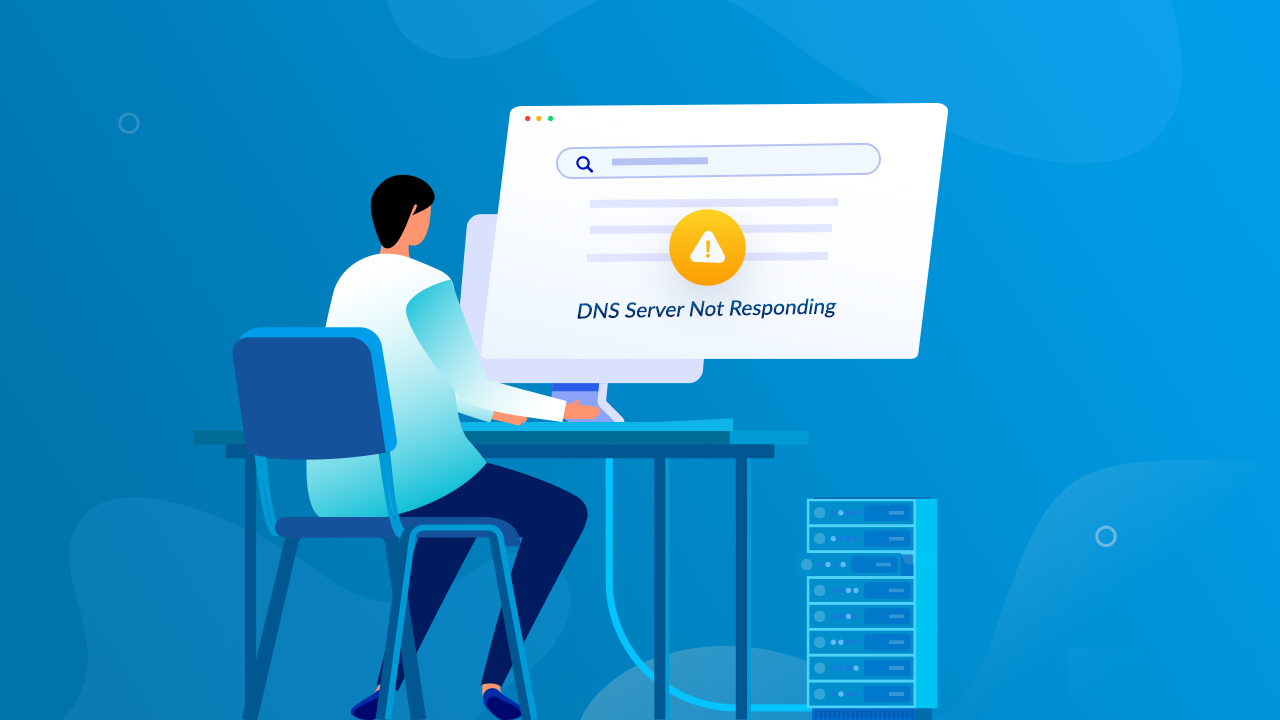Optimizing your nameservers through advanced DNS settings can significantly enhance the performance, reliability, and security of your website.
Table of Contents
Here are detailed steps and best practices for optimizing your DNS setup:
1. Choose High-Quality DNS Providers
Selecting a reliable DNS provider with high uptime, fast resolution times, and a global network of servers is crucial. Reputable providers often offer advanced features like load balancing and enhanced security.
2. Implement DNS settings for Load Balancing
DNS load balancing distributes traffic across multiple servers to prevent any single server from becoming overwhelmed. This can improve your website’s responsiveness and ensure consistent availability.
3. Use DNSSEC for Security
DNSSEC (DNS Security Extensions) adds a layer of security by ensuring the authenticity and integrity of DNS responses. This helps protect against DNS spoofing and cache poisoning attacks.
4. Adjust Time-to-Live (TTL) Values
Setting appropriate TTL values for your DNS records controls how long resolvers cache the information. For frequently changing records, lower TTL values ensure quicker propagation of updates.
5. Utilize Anycast Routing
Anycast routing allows multiple DNS servers to share the same IP address, directing queries to the nearest server. This reduces latency and improves redundancy and reliability.
6. Enable DNS Failover
DNS failover automatically redirects traffic to a backup server if the primary server fails. This ensures continuous availability of your wordpress website.
7. Monitor DNS Performance and Security
Regularly monitor your DNS performance and security using analytics and monitoring tools. This helps in quickly identifying and resolving issues to maintain optimal performance.
8. Configure SPF, DKIM, and DMARC for Email Security
Configuring Sender Policy Framework (SPF), DomainKeys Identified Mail (DKIM), and Domain-based Message Authentication, Reporting & Conformance (DMARC) protects your domain from email spoofing and phishing attacks.
Advanced DNS settings encompass various configurations and optimizations designed to enhance the performance, security, and reliability of your domain name system (DNS).
These records are used to authenticate email and prevent email spoofing and phishing.
SPF specifies which mail servers are authorized to send email on behalf of your domain, DKIM provides an encryption key and digital signature to verify that an email message was not altered, and DMARC ties together SPF and DKIM policies to instruct how to handle unauthenticated emails.
These settings are essential for managing how your domain name translates to its associated IP address, thereby ensuring efficient and secure internet connectivity.
Conclusion
Optimizing your nameservers involves selecting the right DNS provider, implementing security measures, configuring DNS records efficiently, and continuously monitoring performance.
By following these advanced DNS settings, you can enhance the speed, reliability, and security of your website.



